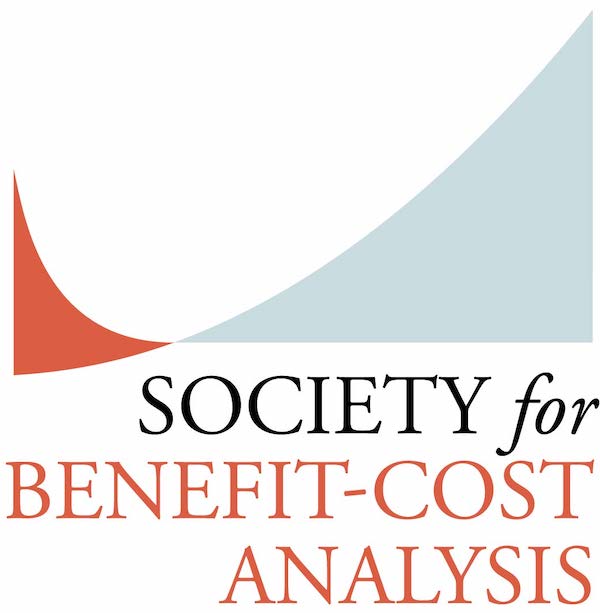On Balance: Monetizing Bowser

Sometimes conferences actually do stimulate research that otherwise might not be done. Six years ago, I was enjoying a breakfast conversation at the SBCA annual research conference with our immediate past president, Clark Nardinelli. At that time, he was overseeing the Regulatory Impact Analysis (RIA) of Federal Drug Administration (FDA) rules implementing the Food Safety Modernization Act, which included provisions to reduce the risks posed to people and pets from adulterated pet food. He complained that, unlike the case of human mortality risks, he had no sound basis for monetizing changes in mortality risks for dogs and other pets. As dogs do not freely make tradeoffs between risks and wages in labor markets, I suggested that finding a value of statistical dog life would likely require a contingent valuation study. Would his unit provide the approximately $50 thousand dollars needed to do the contingent valuation survey? Unfortunately, he had nothing but praise for the suggestion.



 Applying benefit-cost analysis to homeland security regulations and related applications is difficult, in part due to issues in measuring security or risk avoided (Roberts, 2019; Farrow and Shapiro, 2009). The
Applying benefit-cost analysis to homeland security regulations and related applications is difficult, in part due to issues in measuring security or risk avoided (Roberts, 2019; Farrow and Shapiro, 2009). The 
 The
The 